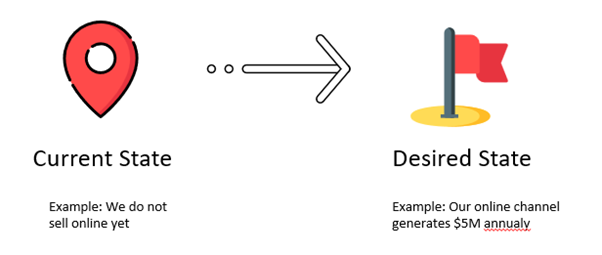Software Sales for dummies - Part 1
Or why "Sell me this pen" doesn't cut it anymore today.
“Sell me this pen”. I have a confession to make. I detest that question. While helpful in determining basic sales skills it, in my opinion, grossly oversimplifies the complexities of modern software sales processes. It also is often based on the assumption, especially by people without a sales background, that sales is just extroverts talking a lot and inviting people to expensive lunches.
In this blog post, I will try to provide you with a high-level overview of the different stages of the sales process to illustrate the complexities and hopefully clear some misconceptions about complex selling along the way.
In the past, the sales process looked something like this: A prospective buyer needed to be educated about the product and a “need” had to be established. Meaning that without actively approaching them, they might not feel the need to engage in a conversation at all. Once that is in the buyer’s brain, a “value” can be determined that fulfils the aforementioned “need”. If the buyer was also sufficiently buttered up along the way, a sale would take place and the seller goes to their nearest BMW dealership to spend their commission.
However, what we see today is that a potential buyer wants and needs to engage with a salesperson much further down the funnel. A potential buyer will likely already have an idea of the “need”, as they use a multitude of channels to inform themselves on their own to a much larger degree than it was possible in the past.

For this blog post I will skip the part where the marketing magic happens as that in itself is a separate blog post. So, let’s move to the part where the salesperson gets a shiny new and qualified lead on their desk.
One common misconception that I encounter is, that people think that the first thing they should do at that stage, once they have a prospect on the phone, is to bombard them with facts and figures and flashy marketing fluff about how fantastic their product is. They jump in both feet first and pummel the poor prospect until they give up their resistance and agree to a deal. In my experience this “fly-by-selling” is a less and less successful strategy, as the more informed a prospect is, the less likely they are to readily accept what a sales person says at face value. There is a whole range of reasons behind that fact which I might do another blog post for in the future.
So, what to do? One word: discovery. In this phase we will work with the prospective buyer to learn as much as possible about a wide range of topics. As this is the fundament for most of the subsequent steps, we should invest an appropriate amount of time and effort. The better we understand the buyer, their business, and the reason why they consider us, the better we can build our case and lead the conversation.
Now, with that in mind, let’s deflate our ego a tiny bit and understand, that our solution is usually only a means to an end, not the end itself. Then we can pump it up again knowing, that it can be a very important, even crucial part to reach that end. It helps to fill a gap between a current and a desired future state.
To learn about their current state and their desired state we will already gain an understanding if our solution can actually help to fill that gap and how that journey might look like.

Let’s take a break here. In the next part of the series we will show what to watch out for when building your value proposition.



